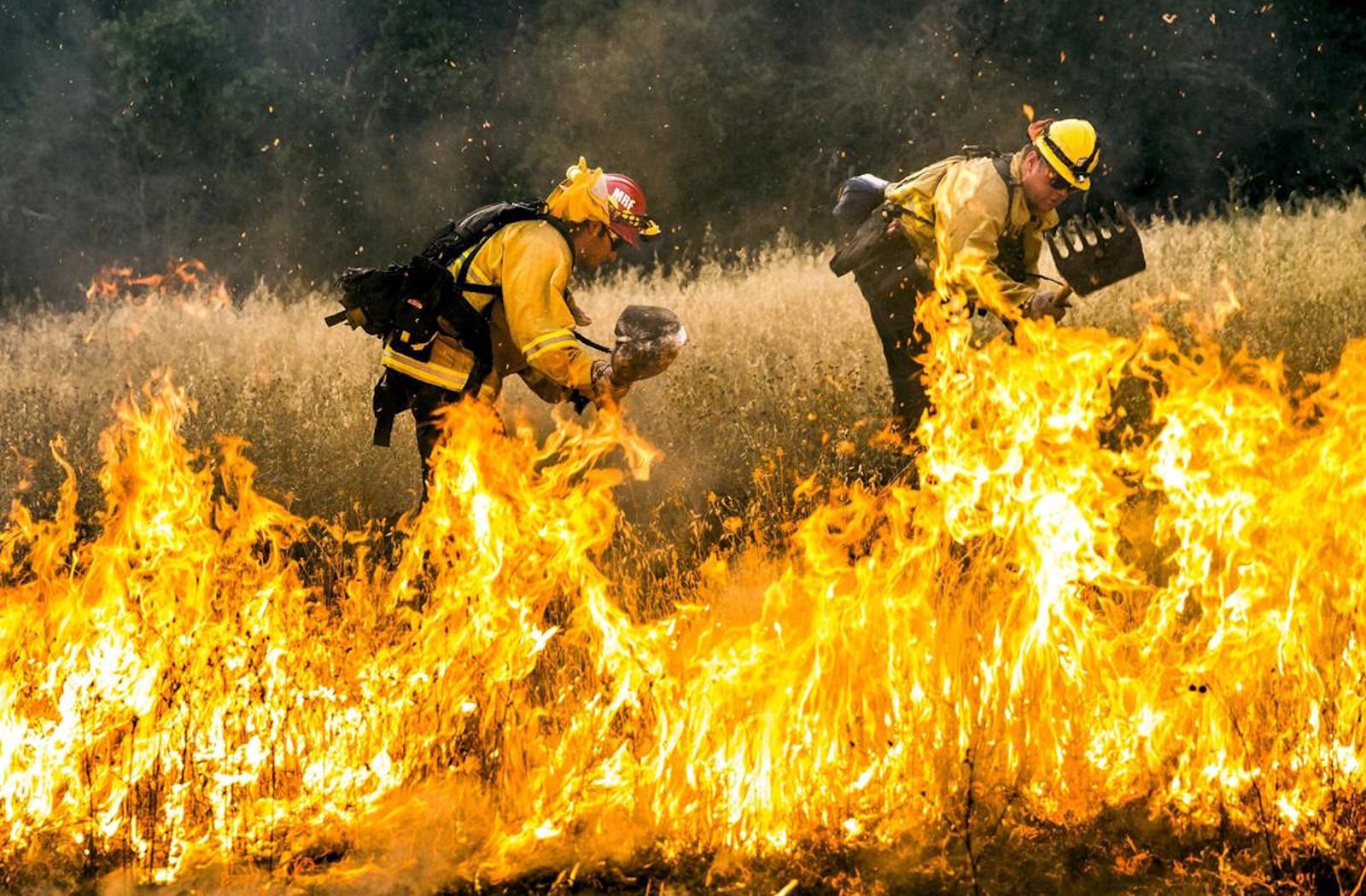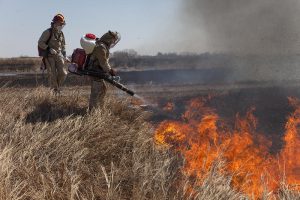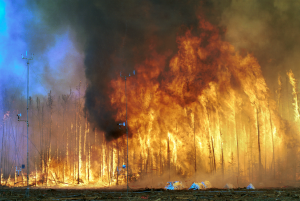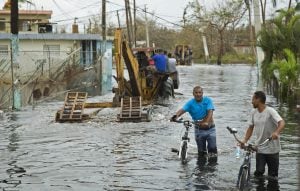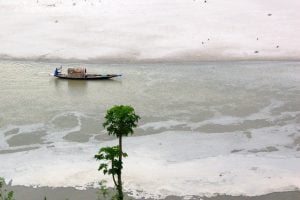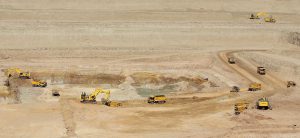The Mendocino Complex Fire, which began in late July, is the largest in California’s history, burning more than 300,000 acres of mostly forested land. The problem for California is that a fire of this size is not a one off.
Fifteen of California's 20 largest wildfires on record have burned since 2000. And six of the state’s most destructive wildfires on record have occurred in the past ten months.
Climate change is making the fires worse and complicating efforts to respond to them. At the same time, the Trump administration continues to pursue an approach to land management that prioritises narrow business interests, but does nothing to fight fires, and ignores the climate risks.
The fires have also put another long-standing environmental crisis into focus – water scarcity across California. The management of water supplies is a hot debate with implications for the future prospects of California’s residents and businesses.
Since 1970, temperatures in the American West have increased by about twice the global average. July was the hottest month ever recorded in California. According to UCLA climate scientist, Daniel Swain, about half of the increase in recent California wildfires can be attributed to extreme warmth driven by climate change.
“The fuels… are just explosively dry,” Swain said, “due to a combination of low precipitation last winter, extremely high temperatures this summer and also, still, the legacy of the long-term drought”.
Root causes
A growing population and economy in California coupled with poor planning practices have put more people and buildings at risk. The increase in wildfire activity means California and other states are spending more money to suppress wildfires, leaving less for fire prevention.
David Hayes, deputy secretary of the Interior during the Clinton and Obama administrations, said “If you're in denial about the profoundness of the change and the significance of the impact, you're going to under resource the response to it".
The Trump Administration has played down the link between wildfires and climate change
Unsurprisingly, the Trump Administration has played down the link between wildfires and climate change.
After first claiming there was no connection, Interior Secretary, Ryan Zinke, went on to say: “It is clear that seasons have gotten longer, that the drought, the temperatures has gotten hotter. It is indisputable that the dead and dying timber has been a driving force in the scale of these fires…It is a perfect storm where, whether you’re a believer in climate change or not, it doesn’t relieve the responsibility of government managing the forest.”
For Zinke, and other members of the Trump Administration, visible signs of climate change complicate their efforts to cut environmental regulations and open up new opportunities for business, often on previously protected federal lands.
Zinke accused his critics of “environmental terrorism” for opposing his industry-first approach to forest management, which many see as a handout to loggers.
Trump has responded to the fires in idiosyncratic fashion, blaming misuse of scarce water resources for the problems and suggesting that water “should be prioritised for wildfire response instead of endangered species protections”.
But the water needed for fire prevention is negligible compared to other uses. Californian firefighters have said there is plenty of water to fight fires.
Who gets the water?
Nonetheless, the president’s comments have inadvertently drawn attention to another looming crisis facing California and the American West that’s made worse by climate change: Who gets to use scarce water, and for what?
Climate change is making California’s water crisis more acute, contributing to periods of prolonged drought while also reducing the size of the Sierra Nevada snowpack, which supplies more than three quarters of the state’s freshwater.
Climate change is making California’s water crisis more acute
Scientists also expect to see an increase in “precipitation whiplash” events in the region. These are rapid transitions between extreme wet and dry periods that will make water allocation harder, and damage infrastructure.
In times of water scarcity, political fights over resources intensify. The politics of water in the Western United States are notorious. History is littered with grand schemes to divert water.
Los Angeles owes much of its success and growth to the diversion – some would say theft – of the Owens River via an aqueduct hundreds of miles long. These water rights were acquired through dubious methods, and bankrupted farmers in the Owens Valley.
President Trump appears sympathetic to the claims of industrial farmers in California’s Central Valley who want more water, some of which is currently being retained in rivers to protect endangered species like Delta smelt and Chinook salmon.
These farmers are politically influential, and water is valuable to them. California produces more food, by value, than any other state. One-third of America’s vegetables and two-thirds of its fruits and nuts are grown there, including water hungry crops like almonds.
California’s fire and water crises will be difficult to solve. They will require approaches to management of scarce resources that take account of the needs of the public and not just special interests. This will mean tough decisions over how to manage and price water that will probably hurt some groups, whether it’s forcing farmers to change crops or the public to pay more for the water they use.
What’s clear though is that any approach that doesn’t incorporate the impacts of a changing climate will fail.
This week, as smoke continued to blanket much of the West of the country, a blood-red sun rose. It’s not only the superstitious who think this may be a sign of worse things to come. The American West is burning and the water is running out.
